Classic Philips and Marantz CD Player Comparison – part 4
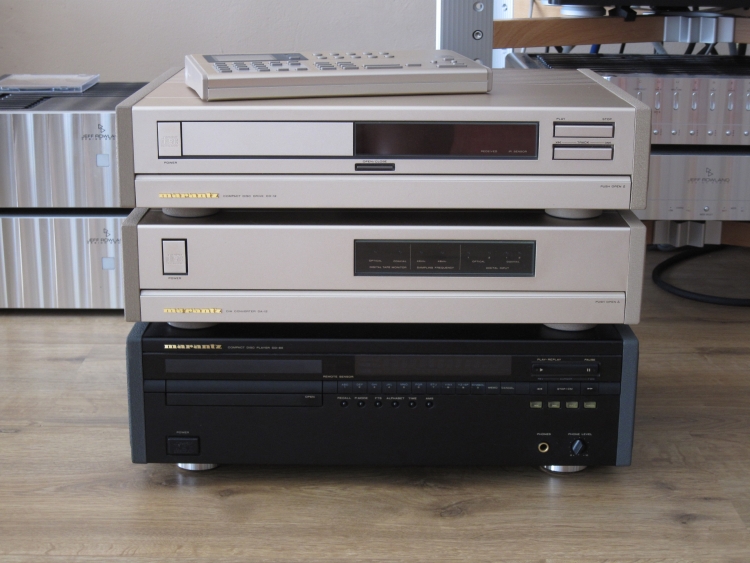
Fast forward 3 years – Later addition to the original review – July 2011
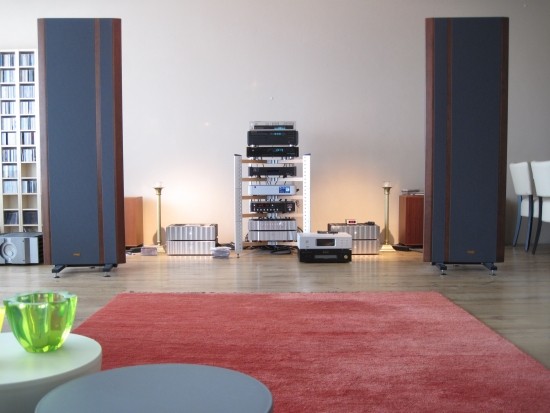
Three years after the review above was written, after moving house and having quite a different system, I have bought a Marantz CD80. A little later I also came across a Marantz CD74 and CD85. Because I also still have the Philips CD880 around, I thought it nice to compare these players to each other, as well as to try them as a transport into one of my current reference DACs.
As integrated player – analog outputs
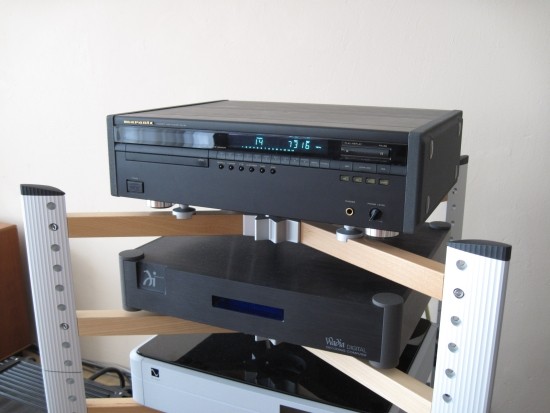
CD80
The CD80 is a fine enough player, but it sounds softer and less authentic than the CD85 and has a somewhat synthetic signature. Bass is blurry and lacks drive and the treble can also be overly smooth. Because of this it often fails to stir the soul. During the first review the CD880 was one of my favorites, but its bass was thin and lacked drive. Well, put up against the Marantz CD80, it had plenty drive! The Philips sounded much more lively, more physical, fuller in tonality and with much, much better bass. Not only was its bass fuller and more forceful, it also articulated better. The CD880 is much more speedy, lively and transparent. But the CD80 has more color and creamy smoothness and produces a more “pleasant” sound. It is just very relaxing and with some really badly produced cd’s on occasion the Marantz even managed to sound more engaging and emotional than my reference Levinson no.390S.
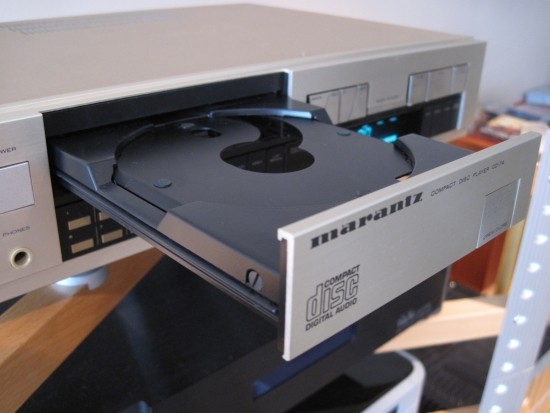
CD74
The CD74 is a rare player. I had never seen one until recently. It looks exactly like the CD84 but there are some differences. for one, the CD84 has remote control. Furthermore, the most recent version of the CD84, most likely only the MKII version, has the TDA1541 DAC for full 16 bits. Upon switching on the CD74 I was expecting a super-creamy sound but was slightly disappointed in that respect. Its insides look somewhat like that of the Philips CD304MKII* and indeed it also sounds a bit like that player with respect to all-out slam and drive. In fact, the CD74 also has the same drive and speed as the CD304MLKII; a sense of momentum that many other players in this test lack. But it has better treble and is way smoother and refined than the CD304MKII. Ultimately though it still lacks subtlety and air compared to the newer players here. It is a bit coarse but makes up for this with unbridled enthusiasm and a real sense of drive and raw emotion.
*to be more exact: The CD74 probably resembles the CD304 more, as it shares many similarities designwise but I didn’t have that player around for comparison.
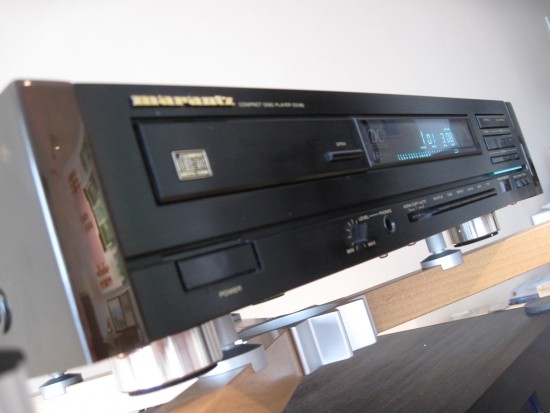
CD85
Much, much better than the other two players, the CD85 reminds me of the fabulous CD94MKII with good speed and drive, fine dynamics as well as super-refined and utterly smooth and fluid treble. The Bass is full and fast enough but can be a little soft. The CD85 easily beats the CD80 with the latter sounding confused and blurry in comparison. Also, the CD85 sounds much more authentic and real, showing the CD80 to have a somewhat synthetic signature.
As a transport – digital coaxial outputs into the Levinson 360S DAC
CD80
Used as a transport, the CD80 achieves much better results, now freed from most of the blur in the bass and the overall vagueness. It now has more drive and much better transparency. Used this way the CD80 sounds ever-pleasant, never harsh or aggressive and the result is a relaxing, pleasing sound. There’s nothing much wrong with it but the CD80 does still lack some power and drive. It is also somehow still just a little synthetic. But that is only really evident after comparing it to the CD85.
CD85
Used as a transport, the differences become even more pronounced, the CD85 now sounding very much like the CD94MKII. From memory, it sounds almost identical to the CD94MKII when used as a transport. Dynamic, well-focused, colorful, transparent, airy and with that ever-present super-fluid treble. It’s that my Levinson 390S CD player is away for repairs but I think that a direct comparison still wouldn’t put the CD85 to shame. Sure, the integrated Levinson would beat the CD85-Levinson DAC combination but if I were to use the Levinson player as a transport the cards may well go to the CD85.
Fast forward another month
Later addition to the original review – August 2011
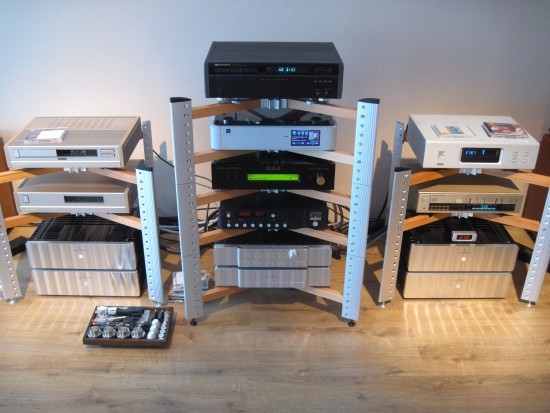
Marantz CD12 LE system (CD12/DA12)
While translating this review into English, and while my Mark Levinson no.390S cd player is away for repairs, I got the CDM1 vibe again and decided it was time to check out the former best Marantz could produce: the CD12 and DA12 combo. I won’t go through the lengthy comparisons like I did for the other players above but will try to keep it condensed instead. After all, this review is already getting a bit long…
The CD12 LE (CD12/DA12) is a separate transport/DAC combo. Inside are the familiar CDM1 and TDA1541S1 DAC, but this time divided over two chassis and with the empty space inside dedicated to making everything more elaborate: a much larger power supply being the most obvious difference. Of course, the connection between the two is by spdif, either optical Toslink of coaxial. I’d always advocate using an integrated player as this almost inevitably results in better coherence and drive while maintaining a relaxed nature. Going via spdif usually means either keeping warmth and smoothness but losing some transient attack and/or PRAT or keeping PRAT but losing some glow and harmonic ripeness in the process. Of course, there are exceptions, but thus far I have found that integrated players simply do better – as long as their DACs are up to the job. Somehow, the spdif connection between the CD12 and DA12 doesn’t seem to incur the effects described above. The two components sound like one – never aggressive, always harmonically right.
Used as a unit, the core sound is reminiscent of that of the Philips CD960 and Marantz CD94 (MK1) in that the sound is extremely creamy and relaxed and harmonically very pleasing. But also in terms of PRAT the CD12 sounds like the players above, as it sometimes sounds too rose-tinted and a little too zen. Switch to using the CD12 transport into any of the present DACs (the Levinson no.360s being the current favorite) and much of its inherent character remains unaltered. But there is much better transparency and low-level detail, bass retains the fullness but becomes more nimble and articulate. Treble was and still is absolutely state-of-the-art, having body and fluidity at the same time. The whole effect is of a very analog nature. Sound images are ripe and full yet highly detailed. The CD12 LE combo is already an emotion-machine but in combination with a state-of-the-art dac, the whole is elevated to communicational als emotional levels that are extremely difficult to obtain with modern transports. There’s only one downside to the CD12 LE whether used as a combo or as a standalone transport: the overall sound can be somewhat down key and lacking apparent speed and drive. PRAT apparently just isn’t its strong suit. Just like with the CD960 and CD94MK1. Therefore it is essential to find the best matching interlinks and give the CD12 first position in the power extension block. Beware though: listening to the CD12 can spoil you for other players. Switch to the CD880, CD85, CD80 or any other lesser player and it is painfully evident that they lack harmonic ripeness and in comparison sound empty and gray. Of course, that’s exaggerating things a little because any CDM1-equipped player already sounds a lot fuller than most modern cd-rom based transport. But still, there’s something to the CD12… I fear a little for the return of my Levinson. It may be better for PRAT and speed but will it be just as harmonically pleasing?
update 31 october 2011
The Levinson 390s is back from repairs with all new capacitors. It plays faultlessly again, but it seems some of its emotion has been tossed out together with its old caps. Sure, this is essentially now partly a new player and it has to be run in again, but in all fairness, it has been switched on for more than a month now and I have to wonder how much of its smoothness was due to the old capacitors’ age. Still, I also feel that the CD12 is just so very organic, so smooth and creamy and harmonically complete that even my favorite Levinson 390s cannot keep up, new capacitors or not. That is, unless you start listening to other aspects than tonality. The Levinson is much more dynamic and has much better bass (faster, more articulate and more tuneful while still full and deep). Also, while the CD12 (connected to the Levinson 360S DAC) can fill the room with sound widthwise, the 390s cd player also fills the room towards the listener and is more involving, with better reach-out-and-grab imaging.
update 8 December 2011
After running a cheap cd player on repeat into the Levinson 390s’ coaxial input for several weeks, finally, the player seems to come along. At last, it is smooth and fluid again. Whether or not it is entirely back to its old shape I can’t tell for sure because I have been spoiled by the CD12 and CD11 in matters of fluidity. But emotionally at least, the 390S is back and I would say that it is almost on a par with the best Marantzes here, but if you can forget about soundstaging, bass solidity, rhythmic drive and articulation and are all for relaxation, smoothness and liquid treble, the Marantzes still win. Don’t assume however that the Levinson is technical or clinical, it isn’t, certainly not when it is well run in.
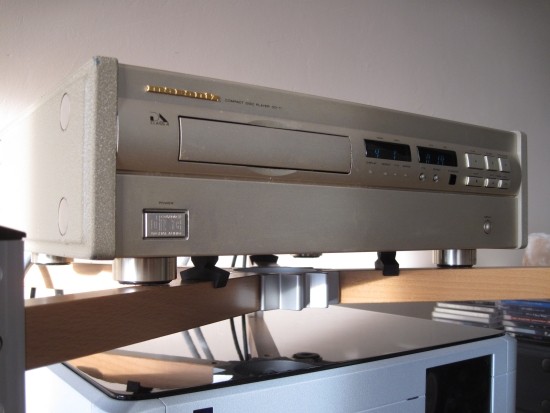
Update 6 November 2011
Marantz CD11LE
I’m not generally a fan of bitstream conversion, but here it has evidently been implemented in a special way. The CD94MKII is more dramatic and more dynamic, but it can’t match the CD11LE’s low-level resolution and overall more high-end sound.
Although the CD11 is the CD12’s successor, it sounds entirely different. The older player still manages to sound more colorful, more creamy, and more harmonically complete. But where the CD12 can sound slow or undynamic and often a bit too ripe in the bass, the CD11 has a nice upbeat sound that’s also very involving.
The CD11 was followed by the CD15 which looks very much alike on the inside although large parts are covered by copper plates and I haven’t had this player so I can’t comment on its sound. Although the CD11LE shares many similarities with the CD16, I find the CD11LE to sound much more upbeat, with better articulation through the bass. Detailing and transparency is quite good while keeping that familiar smoothness and treble air that I have become to love so much about these classic swing arm players. The CD11LE is better with rhythms and percussion while the CD12 is better with slower music and voices. I’d rate both the CD12LE and the CD11LE as the best Marantzes I’ve heard yet, both having their specific strong sides and both being emotionally highly involving.
Versus Mark Levinson 390S
The bottom line for Levinson versus Marantz: there’s nothing that can top the CD12 (used as a transport) in terms of organic, harmonic ripeness, and fullness of tone. It is just so very “analog” that way. But its downside is in the bass, which is slower and less articulate than can be. Rhythmic music is less well served by this and it is with more upbeat music that the Levinson is the better player, having better PRAT and involvement. The CD11LE is a new favorite. It treads a fine line between articulation, low-level detailing and overall technical excellence on the one hand and smoothness, fulness of tone and fluidity on the other hand. The CD11LE is just very well-balanced. The Levinson is more impressive, more 3D, dynamically more expressive while avoiding harshness or sterility. But compared to ultra-rich sounding players such as these Marantzes, it sounds somewhat dry. To put this into perspective: the Levinson sounds much, much smoother, more colorful, and tonally richer than my previous Wadia 861.
Ultimately I cannot choose and luckily I don’t have to. I just keep all players around, alternating between them, depending on which CD I play and what mood I’m in. I know, I’m just a lucky bastard that way.
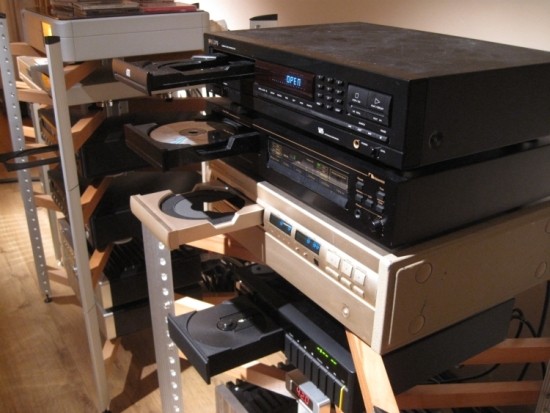
Update 23 Feb 2012
An interesting sidestep
Nakamichi CDP2
versus
Philips CD732
Marantz CD11LE
Meridian 506.24
Besides Philips and Marantz there were plenty of other players that used the TDA1541 DAC but most of them were quickly forgotten. The Nakamichi CDP2 is one of them. There are a few remarks on some forums but that’s it. Sure it is a collector’s item, but generally, people don’t think much of this player soundwise. It’s that a friend came over carrying it in, otherwise I also wouldn’t have given it a second thought. He also brought a CDM12-equipped Philips CD732 bitstream player. The players were compared to my reference (in classic cd player terms) Marantz CD11LE, as well as to the once again resident Meridian 506.24.
The Nak may have the holy TDA1541 on board but it has a cheap-looking Japanese linear mechanism, which looks to be a Sony. In spite of this, it produces a rich and full sound. This is a very soothing sound, reminding me of the CD94MKII in stock form, but even more creamy and at the same time more modern sounding. A wonderful combination. The Nak isn’t the most transparent or detailed though and it is easily beaten by even the simplest Philips on these aspects. But what counts (in my book) is musicality and on that terrain, it is a winner. The player just sounds very enjoyable and is easy to listen to.
Compared to the Marantz CD11LE the Nak sounds a bit wooly and slow, and also a lot less transparent. But however luxurious and smooth the CD11LE may be, the Nak beats it in that aspect. Mind you: the CD11LE is my reference for all classic Marantzes so that is a fair achievement! Still, it depends on the recording which of the players sounds best. Sometimes it is the CD11LE, sometimes the CDP2.
Compared to the Philips CD12 equipped CD732… well, that’s a weird comparison because these are two extremely different players. The CD732 is fast, open, dynamic, foot-tapping, but threadbare and a bit gray. So, no comparison really.
Compared to the Meridian 506.24 (also CDM12/VAM1202 variant-equipped) it is a different story. The Meridian is also firmly in the smooth, creamy, richly saturated camp but even though it has similarities to the Nak, it beats that one on all accounts: it is more detailed, has better soundstaging and focus, and sounds more harmonically correct, it just sounds more complete. Still, they make similar music and I’d almost call the 506.24 a better Nakamichi CDP2.
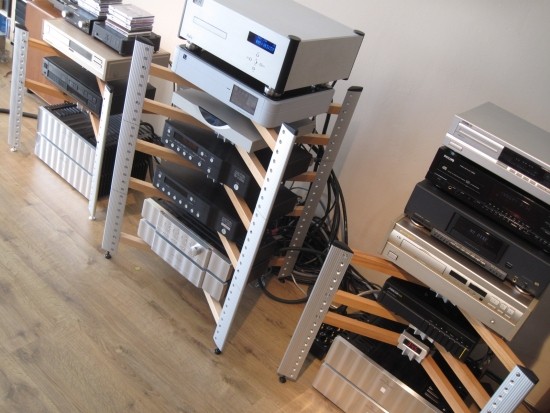
Even in this superlative setup the Marantz and Philips classics still perform very well and actually compete strongly on several aspects, even when compared directly to the Levinson and Wadia players.
Conclusion
People who love a rich, natural, creamy-smooth and fluid sound and are not concerned with the most sharply-etched details or most “impressive” sound, could very well be very happy with some of these players. No matter that they’re over 20 years old; most still play without any problems. What’s more: I’ve not encountered a single player that doesn’t play CD-R’s. Not only are the best of these players unbelievably “analog” sounding; the CD94MKII in particular, when used as a transport into a high-end DAC such as the Levinson 360S, DCS Delius/Purcell or Audiomeca Enkianthus, is simply almost unbeatable. I found that only the CEC TL1-x beat it. And at what cost!
After the CD94MKII, I found the Philips CD880 very nice, as well as the Marantz CD85. The 880 has super transparency, and airiness and fluidity through the treble that even challenges the CD94MKII sometimes, although the 94MKII is again smoother and overall better integrated and coherent, not to mention that it has better drive and bass than the 880. The CD85 surprised me though. Lauded by many to be a mediocre player at best, I found it to deliver much of what the CD94MKII offered. But that’s from memory. Judging from memory, I’d say that the CD85 has similar bass, drive and dynamics but falls short in the treble, whereas the CD94MKII I think was better. But what I didn’t expect was that the CD85 beat the CD80 on all fronts. Also, when used as a transport, the CD85 offered everything I remember the CD94MKII capable of.
Next, the Philips CD960 is very nice too. It sounds a lot like the Marantz CD94 (not MKII) and it should as it is basically the same machine. Do take note: the CD960 can sound a little over-smooth and over-relaxed. The same is true of the CD12/DA12, even when used as a transport. It is as if the CD94, CD960 and CD12 are cut from the same cloth which is a very nice, very smooth, and absolutely grain-free delivery but one that can be too much of a good thing. If you want more speed and drive, go for the CD880 or better still, the CD94MKII. The CD94MKII doesn’t have the CD12’s super creamy smoothness and harmonic ripeness but it is much more dynamic and lively.
Incidentally, the DA12 is very, very nice when combined with a computer source: it’s almost like it instills almost as much CDM1-ness as the transports themselves… In the end: CDM1 and TDA1541 obviously do some things very, very well.
Lastly, the CD11LE deserves a special note. Together with the CD12LE it is one of my favorites, bettering the CD94MKII’s analog output by quite a large margin. The only thing that could be considered missing from the CD11LE is the bass fullness and drive of the CD94MKII or the ultra-rich and organic tone of the CD12LE.
Part 1 – Part 2 – Part 3 – Part 4
Read Also
The almost Complete CDM range of CD Mechanisms
Inside Pics of classic Philips and Marantz CD players
Philips CD player, DAC, Filter, Decoder, DOBM and Transport List
Marantz CD player DAC, chipset and Transport List
Philips timeline
Marantz timeline
CD Mechanism Masterpieces

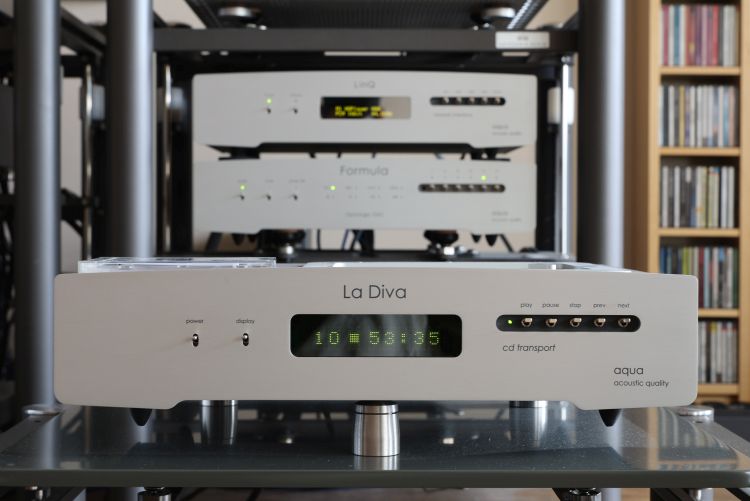
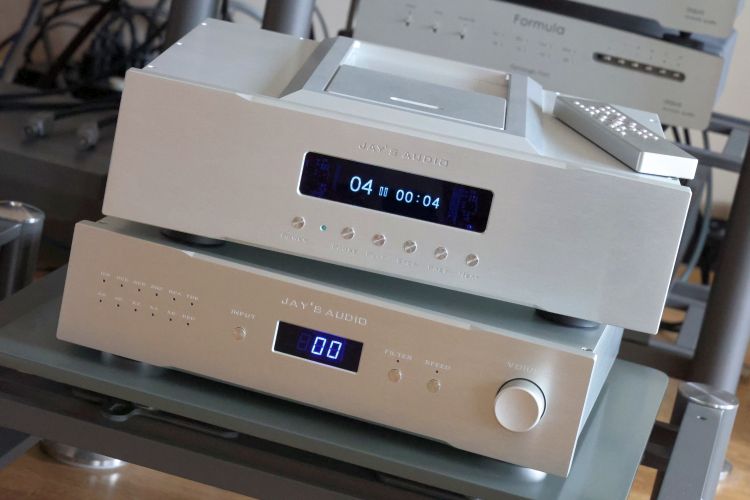
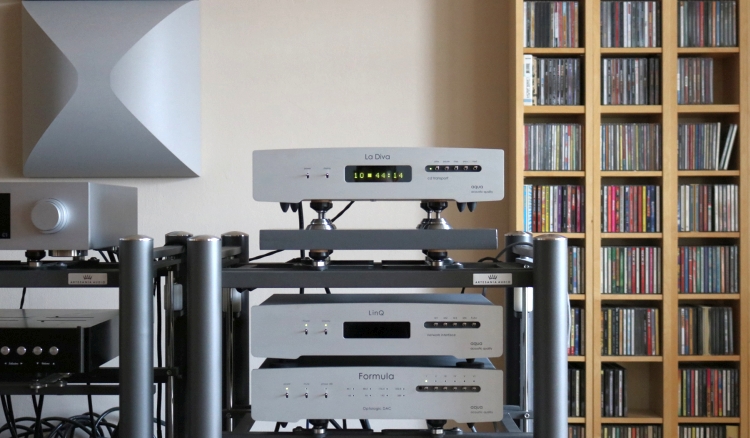
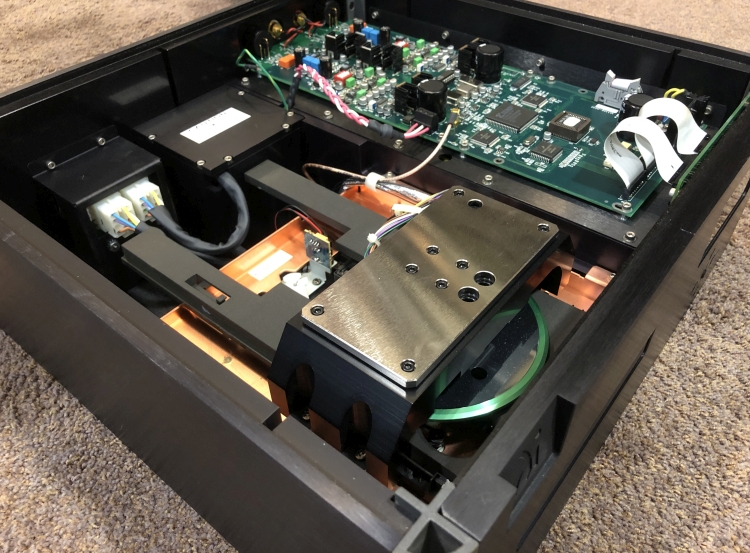
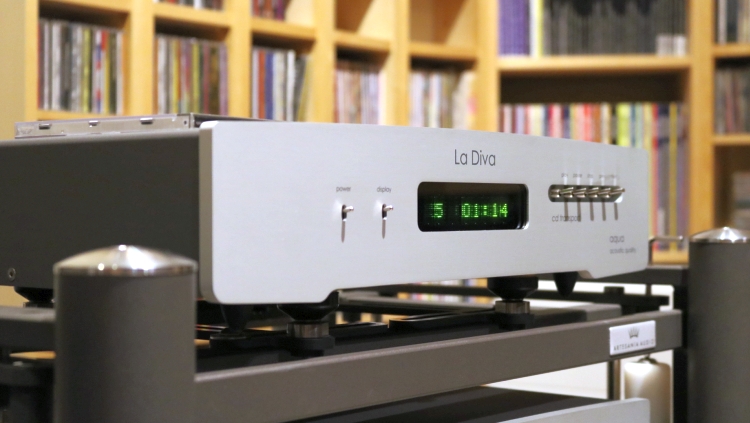
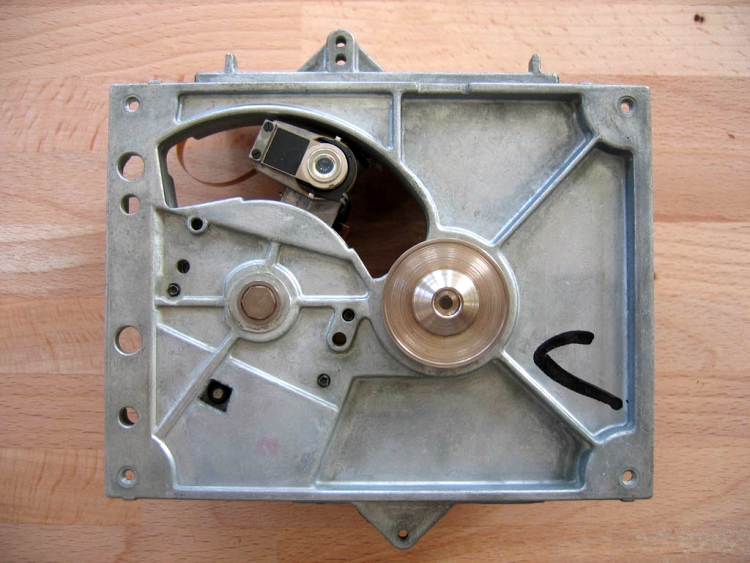
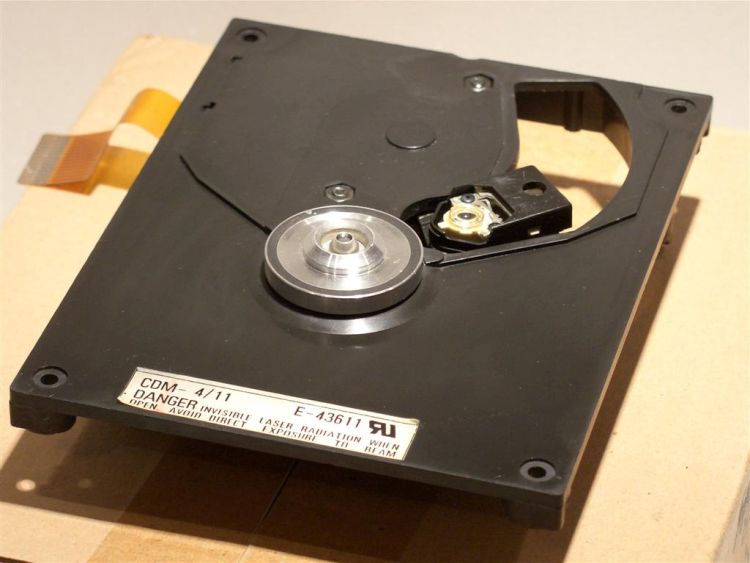
Hi Christiaan,i have always been a fan of the sound of early Philips CD players,i own personally a cd 880,a cd 500 very good indeed and two cd 650,one come with a single crown converter and a cdm 2 mechanism,the sound of these players is close or even more involving than 880 i feel,i have also a 951 very bland and uninvolving.by the past i owned a 721,722 and 723 players good but without magic.
this is so far my experience with Philips players but i used for a short time a DAC 960 with a Cambridge CXC transport the result was a sound very realistic with a huge soundstage unfortunately the dac failed after some times and i didn’have repair it.
I have to add that i use also two Technics players a SLP 1200 cd and a SLP 2000 cd players with all the love and respect i have for Philips these two players are on a different league they are really astounding devices and the 2000 is one of the best cd player i heard,even my second hand Esoteric X01 D2 come second!
So it is good to keep all the players alive they will always reward you with a lovely sound and i am glad to see Jay’s Audio keeping the flame alive
now i am looking for a Philips 882 transport only very rare indeed
PS: the 650 has a filtered and no filtered outputs,so there is room to play
hallo Christiaan,
ik begrijp dat de cd85 en cd 94mk2 als loopwerk nog goed kunnen meekomen in de tegenwoordige tijd, maar hoe verhouden ze zich als speler nu kwalitatief tot bijvoorbeeld een wadia 850/860 of een moderne jay’s audio cdp-2
Mvg, Jeroen
ik bedoel: de ontwikkelingen mbt DAC’s heeft toch niet stil gestaan (non-oversampling, R2R)
Hi Jeroen, every player sounds different but when you mention a classic Marantz such as a CD85 or CD94 and a Wadia then the difference could almost not be larger. These players had very different characters in the nineties and the same is true now. Wadias, in general, are solid, sonorous, full-bodied, a little dark, a little dry but very precise and superb with 3D soundstaging. Classic Marantzes are much more fuzzy in terms of imaging and while there is a nice soundstage bubble, it is not well-defined. The biggest difference is in the bass which with the Marantzes is typically fatter and less punchy.
Yes, there has been progress for sure but we will always also have differences in character as a result of component choice or by design. If you read my reviews of the R2R DACs such as the Aqua Formula xHD, Denafrips Venus and the Audio-GD to some extent as well, then you’ll find that I consider these to be the highest resolving, purest, most accurate and most refined of the sort. A classic Marantz as a CDP, using its own DAC, has much more of a smooth, sweet and lush sound. They can be quite gentle and refined and also musically appealing but even when recapped and fully on spec they cannot match the expression, resolution and purity of the more modern designs. On the other hand, these players have a certain ease and free-flowing ability in their presentation that modern designs can struggle to achieve. Alas, I have not heard the Jay’s integrated player so I cannot comment on that. If we take the Jay’s DAC-2 Signature as an example, though, then my observations are on some levels similar to those for Wadias.
I have read this comprehensive review over and over again thrugh the years and i now feel compelled to comment having recently acquired a Marantz CD94mk2.
Previous owner of many Philips and marantz players, Philips 960, 850, Marantz CD50, to name but 3 the 94 m2 is definitely the pinnacle of this bunch of vintage spinners IMHO, liquid treble, smooth, well defined soundstage and bass and just very enjoyable to listen to!
On a side note im not sure why the CDM 1 mk2 is called as such as its more like a hot rodded up CDM4, not really like the CDM1 with only 1 belt etc not the 4, suppose its because of the zinc alloy laser unit…
Hi Phil, please see my recently updated CDM sections, now divided over multiple pages because the page was getting lengthy! In it, you’ll read more info pertaining to the CDM1 MkII and CDM4 and how they are similar.
CDM 0, 1, 2, 3
CMD 4, CDM 1mkII, CDM 9
Hi Christian , thanks for your insight and test, i was wondering what would be second best philips drive mechanism to go for if one can not afford CDM 1 ? cdm12.1 ? or ?
Best regards Peter
CDM12 can sound very good when implemented correctly but it is nowhere near as long lasting as CDM1. The best alternative is the CDM4. These also can sound very good, similar to CDM1, while also seemingly never dying.